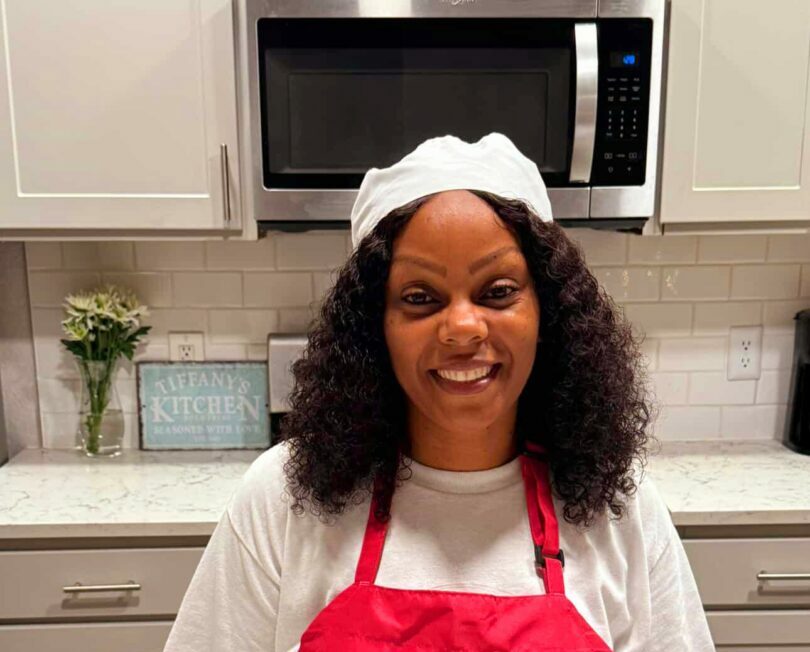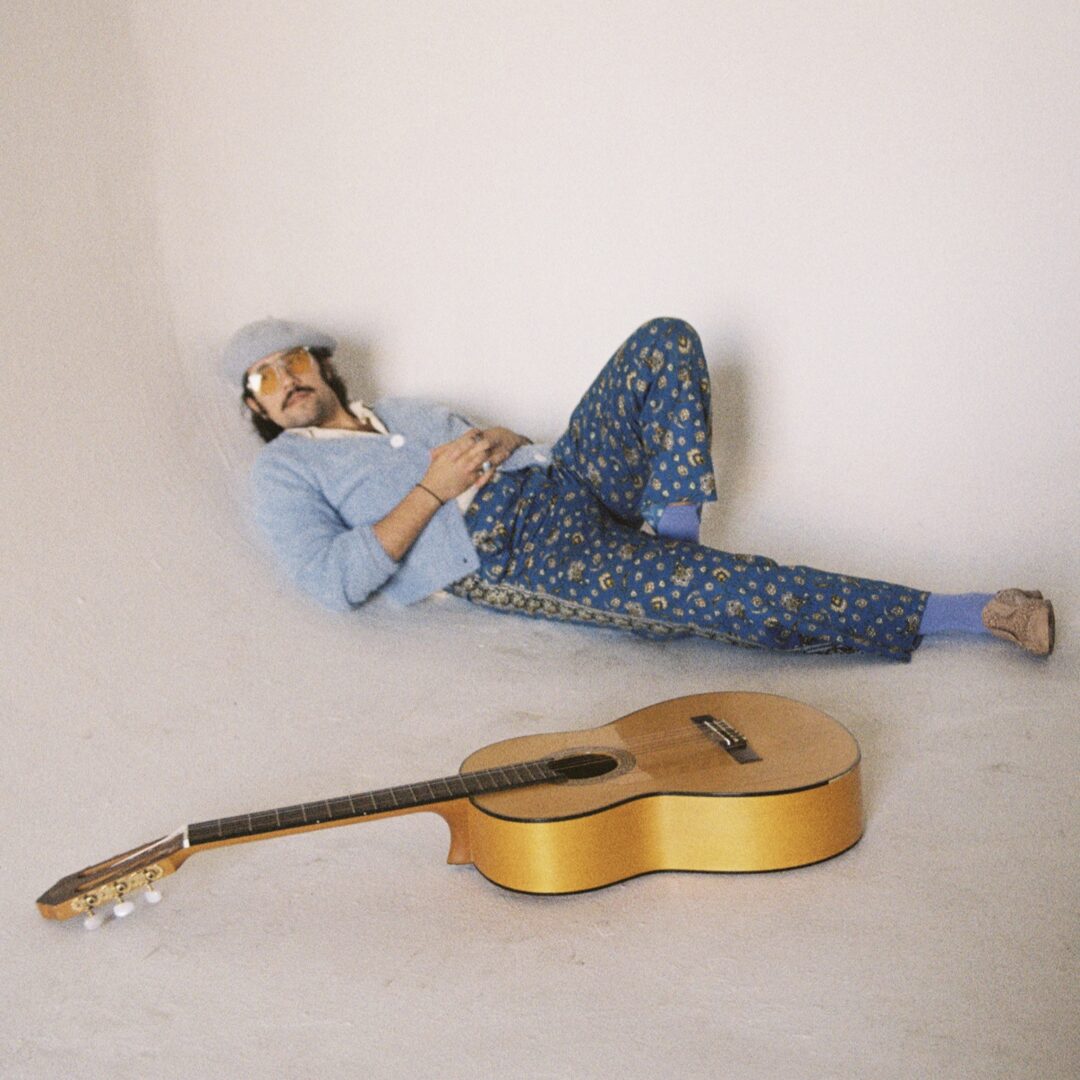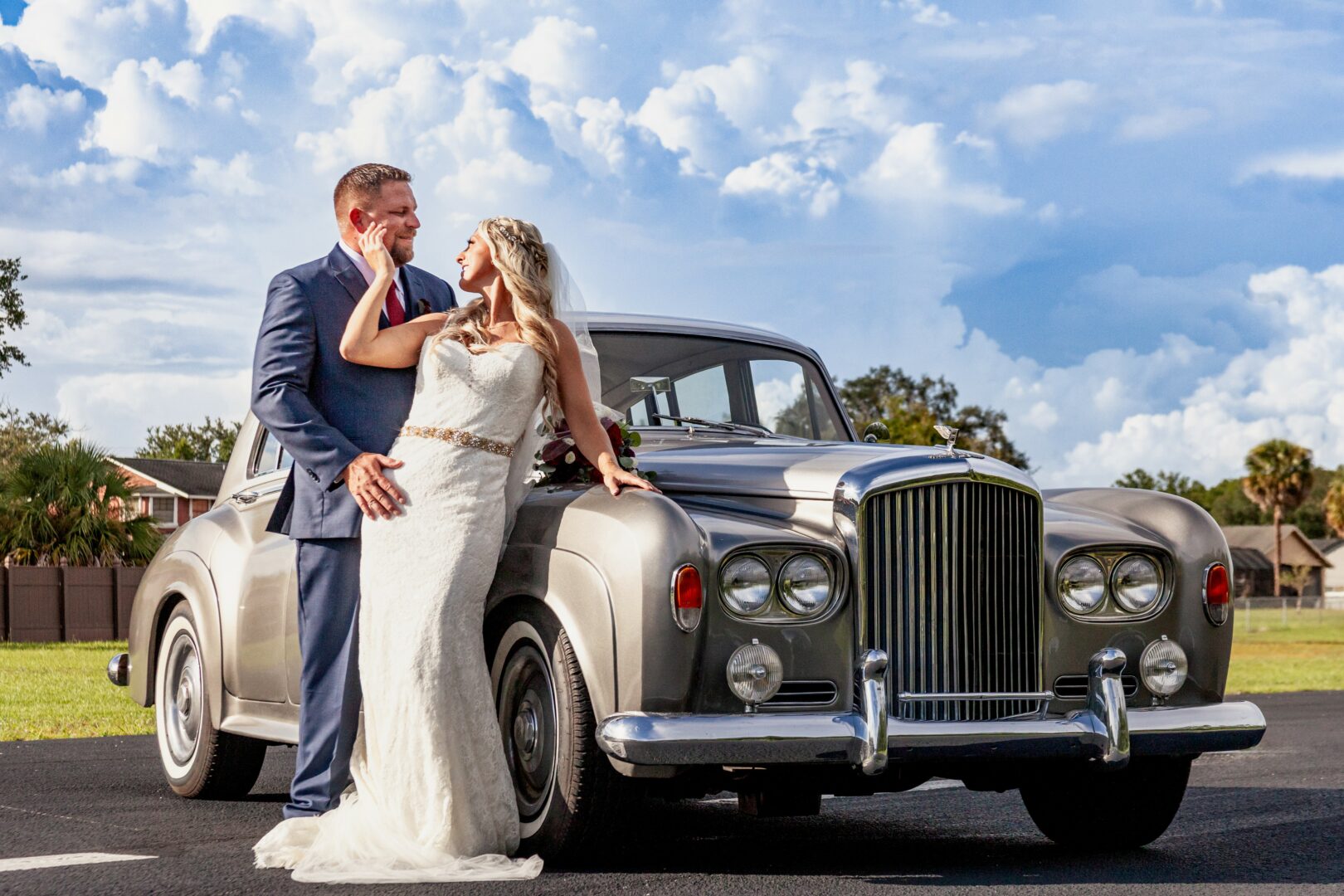We caught up with the brilliant and insightful Julian Curi a few weeks ago and have shared our conversation below.
Julian , thank you so much for making time for us. We’ve always admired your ability to take risks and so maybe we can kick things off with a discussion around how you developed your ability to take and bear risk?
Avoiding risk is borderline luxurious. Artists know this better than most.
There’s nothing quite as satisfying as sitting on the big brown couch of life knowing you wouldn’t fall on your face if you tried. Your work wouldn’t be embarrassing. And if only people knew what “perfect” was (like you do) they wouldn’t look so foolish trying to get to it.
I know these things because that big brown couch is in my living room. I watch tv and movies on it every night. And when I find myself thinking “god that’s cringey”, “how did this get made”, or “I could do better”, I remind myself that people who say “I could do better”, rarely do. I remind myself that awful art is greater than excellent ideas – because at least awful art is finished. And in a world obsessed with “perfect”, never trying is better than trying and failing.
Humans have always been obsessed with perfection. Any art or history museum can prove that. But the internet has deeply altered the landscape of innovation like nothing before it. While the distribution of ideas and excellent art is easier than ever, with it came the slow villainization of imperfection. Especially in art, terror of the imperfect has created a culture of star-gazers who will never pick up the pen, the brush, or the camera – because their first go at it will be awful, or worse, imperfect.
With deep personal experience in imperfect (sometimes awful) art and films, I’ve learned I could never make something I was proud of without having made something awful first.
Only the art I’ve made has changed my future. The art I dream about postpones it. I risk failure in my work because if I don’t, I’ll never grow beyond the art I dream about.
So I no longer see making something imperfect as a risk. I see it as a responsibility.
Thanks for sharing that. So, before we get any further into our conversation, can you tell our readers a bit about yourself and what you’re working on?
I’m Julian Curi (aka RighteousRobot). I make art and movies. Lately I’ve been making them out of paper. But that shift is fairly recent.
In the thick of the pandemic, I had no idea how long I’d be apart from friends and fellow actors to film with. I had to think of a way to keep telling stories, and more immediately, how to remain employed.
So I unboxed old paper sets and figures from a past documentary I had animated for (“Through the Lens: Jacko Vassilev”), and reused many of them for an Adobe x Marshmello video competition. The contest invited participants to submit a video showing how they enact kindness in their lives, set to “Be Kind” by Halsey and Marshmello. My wife and I talked out a throughline of a yellow flower (a stand in for kindness in our concept) passed from person to person in various stations of life, then returned in an adapted way to its original maker.
We won the competition (https://rb.gy/83r57), and the audience response to the style and the story clued me into the storytelling potential of paper. It’s practical, tangible, and ubiquitous; so it carries with it a universal familiarity. But the figures in “Be Kind” never moved, never spoke, and were black silhouettes against a white set. With the confidence from the competition win, I knew it was time to iterate. And that’s when “Gruff” was born.
“Gruff” is a personal short film about how to love someone who doesn’t outwardly show love. It’s about my late father, and how I wish I had loved him back when he was still alive. Using hand crafted paper puppets, I am animating characters live in camera, and using digital compositing to remove wires and rods in an effort to bring these tactile figures to life in a 3 dimensional space. It’s “2.5D animation”, if you will.
I plan to debut the film at film festivals throughout 2024. But in the meantime, on both Instagram and TikTok, I’m sharing my process. I attribute so much of my education to watching behind the scenes of my favorite art and films, so it’s important to me to pass that along.
Any news and updates about Gruff, and other upcoming projects, will always be announced on my socials where I’m @RighteousRobot everywhere.
If you had to pick three qualities that are most important to develop, which three would you say matter most?
To anybody making art, personally or professionally, I would urge them to practice, play, and share, regardless of their experience or skill level.
Regarding practice; I can’t help but still hear my Mom still claiming I possess a “God-granted ability” for making art since childhood. I assure you, the bins she keeps of my early art and amateur films tell a very different story. They’re excruciatingly imperfect, and devoid of any training or technique. But I made so damn much of it that it was mathematically impossible for me to get any worse over time. So despite not attending art or film school (I was told all they do is draw naked people, which was sinful), the volume of awful art I made compensated for my circumstances, and my work couldn’t help but improve.
Most of us wait for the energy or skill to tackle our goals perfectly. But approaching art that way gets you left behind by those willing to make something imperfect and small, today. Those people get the jobs, whether they deserve them or not. Practice is a lifestyle. It’s a willingness to make bad art before you’re good at it. And no guru, art or film school, high tech camera or software, morning meditation or prayer will replace the wisdom that practice grants.
So make art before you’re good at it. And make it often.
Regarding play; play was always my escape from an oppressive religious upbringing. I grew up being told “if it wasn’t inspired by or directly from scriptures – it was dangerous.” But if it wasn’t for neighbors and friends (and a very hip Grandma) who dared to dabble in the “secular”, I wouldn’t have known about Star Wars, Lord of the Rings, Indiana Jones, or South Park. These universes were portals out of my repressed life, and unlocked a love of practical filmmaking and wellspring of imagination I tap into with everything I make now.
If it wouldn’t excite 10-year-old Julian out of his depressed day, it likely won’t excite me or others. Whenever I make work that follows trends, or is shackled to other’s idea of success or excellence, I’ve made the least money, and been the most depressed. Work made for 10-year-old Julian, on the other hand, has always brought me the deepest fulfillment and the greatest opportunities, paid or not.
I saw a quote on Instagram the other day that said “the magic you are looking for is in the work you’re avoiding.”
I disagree. The magic you’re looking for is in the play you are avoiding.
Regarding sharing; social media is a sore topic for many artists. We want our art to stand on its own independent popularity and algorithms. It can hurt our motivation as artists seeing people who have more followers getting art grants, commissions, winning awards, and selling merch.
I was stuck in that mindset for years. I shared finished works of art or film to Instagram and expected the world to stop in the middle of their day and pay attention to what I considered “excellence”. But it wasn’t till December of 2022 when I decided to start sharing behind the scenes of my short film “Gruff”, that everything changed.
Suddenly, tens of millions of viewers worldwide started tuning in to watch the process; and I learned that people connect more deeply to journeys, rather than trophies. They follow stories, not conclusions. And that’s when social media finally made sense to me.
All art (yours, mine, and the pro’s) is just growth, frozen in time.
When I shifted my outlook on sharing from announcing my expertise, to sharing a snapshot of my progress, more professional doors opened for me in 10 months than in my last 10 years since moving to Los Angeles.
So share your journey. Because you never know whose journey you will inspire, whose life you will touch, or what client wants to hire someone as excellent, imperfect, and playful as you.
What would you advise – going all in on your strengths or investing on areas where you aren’t as strong to be more well-rounded?
If you have a strength, it’s already a strength. Nurture it, foster it, and keep it healthy. But hold yourself accountable with what your weaknesses are. It’s easy to overshadow them with the “glory” of your strengths.
Back when I was making more live action short films, I’d pick an area of production that I either wanted to learn more about, or that I considered a weakness. If I wasn’t good at lighting interiors for evening scenes, I’d make a whole short film like that. If I hadn’t filmed action scenes before, I’d test my abilities with a short film consisting primarily of stunts. And to varying results, I would come out the other end at least with at least a basic understanding of that challenge, if not a newfound appreciation for it.
Identifying weaknesses is important and responsible. But a long list of weaknesses can turn into a permission slip to self to never start, to never make, or never progress.
Since I grew up in an environment with no access to art or film school (you’ll recall those were potentially “sinful” places), I considered that disadvantage a weakness. Especially since I not only wanted to do both professionally, but found emotional catharsis through them.
But that weakness plunged me headlong into escapist media: fantasy, sci-fi, and epic adventure films with impeccable production design and out of world storytelling. I would recreate props and costumes from the films. I’d reenact scenes from them in the woods with my friends. I do a lot of the same kind of thing these days, albeit with the benefit of practice and experience and a bit more education. But I still get giddy crafting and aging props and replicas. I still drag my friends to remote locations to film silly sci-fi and fantasy short films. And I’m still playing with toys. So what at first I saw as weakness has really become a specialty and calling card for me as an artist..
So I would say polish your strengths, and confront your weaknesses. But be gentle and discerning. They may be strengths in disguise.
Contact Info:
- Website: righteousrobot.com
- Instagram: https://www.instagram.com/righteousrobot
- Facebook: https://www.facebook.com/righteousrobot/
- Youtube: https://www.youtube.com/@righteousrobot1028












